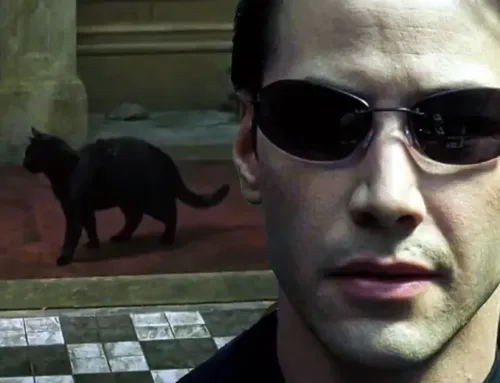Earlier this month, Rob LoCascio wrote an interesting article for techcrunch.com [1], which caught my attention for two reasons:
- He makes an audacious prediction: ‘In 2018, we will see the first major [e-commerce] brand shut down its website’.
- His point-of-credibility is solid, given his professional experience. He invented the website chat window, way back at the beginning of the world wide web and has watched the latter evolve for more than two decades in an active industry role.
What I found even more interesting is the major reason LoCascio made his prediction—search engine optimisation. His thesis is that the uncontrolled pursuit of data-driven SEO (which is where we are at now) has resulted in a poor overall ecommerce shopping experience for the consumer. I’m not doing the customer experience comment justice, but in his post, LoCascio does.
History & Gaming the Yardstick
The phenomenon of gaming the algorithm is not new. People have been gaming the yardstick since it really was a stick.

In the 1980s and 90s, Roper Starch testing of magazine and other print ads was all the rage. Beverage alcohol spirit brands were particularly active in print because they were barred from the TV medium. Over time, spirit brand print ads were designed to optimise their Starch scores. The method doing that became well known:
- Make beauty shot of the bottle huge
- Put beauty glass shot in front of, but not impinging on, the bottle
- Don’t sweat the logo when it’s on the label
- Add in background hints of impossibly beautiful people
- Keep headline short and lifestyle-aspirational
Result: all spirit ads fell into a beautiful sameness. No big brand was willing to stand out creatively by doing anything contrary to what the industry effectiveness algorithm wanted. This is just one example. See sidebar for more.
Gaming the Consumer
SEO wants selected keywords repeated in their exact form well beyond the pre-digital standards of creative writing. SEO readability scoring wants only basic sentence structure, vocabulary, grammar and punctuation. Lots of headings, preferably repeating keywords. Pictures don’t count, except that their alt text can repeat keywords. This not only hurts the online shopping experience—it hurts the brand. Except that everyone else pursuing SEO nirvana is hurting their brand the same way. This same scenario applies to Google AdWords search campaigns. The perfectly-optimised SEO and AdWords creative is unreadable by humans—at least in a qualitative, and therefore, motivational sense.
LoCascio is right. SEO is a very valuable tool, but it isn’t the end game. What we should all be doing is gaming the consumer, customer or client. I use the term ‘gaming’ here in the same positively-bastardised fashion as the online world is currently using the term ‘hacking’.
Gaming the consumer with creativity, on top of smart media optimisation. Wouldn’t that be sick?
- Rob LoCascio, “The Sudden Death of the Website”, techcrunch.com, Feb 13, 2018.
- Main image credit: Ur-Nammu-stela showing detail of rod, ring and beaded measuring flail. Ur-Nammu was King of Ur in ancient Mesopotamia (southern Iraq) around 2000 BC.






